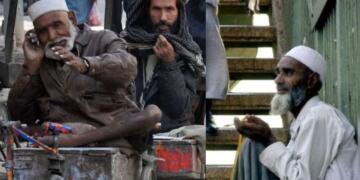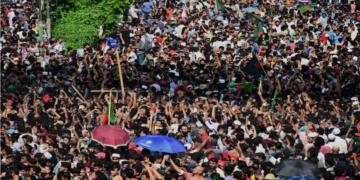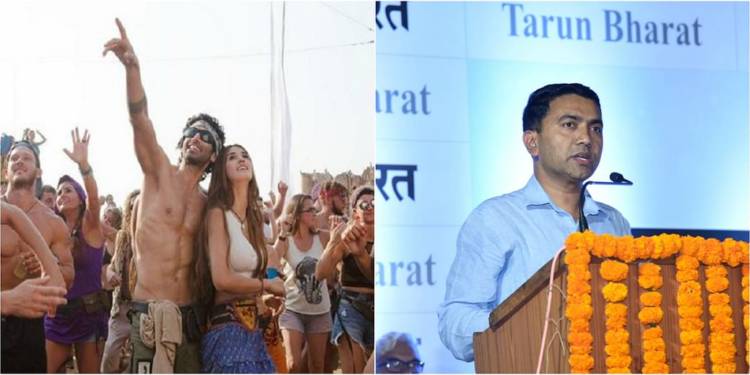Goa isn’t just one of India’s top tourist destinations, it is also a filmmaker’s paradise. Many films have come to revolve around a Goa-based storyline, or have at least been shot in the state. While such a destination must be cherished, what really is done is a complete injustice to not only the beauty of Goa but also the welcoming nature of Goans.
‘Malang’, a recently released Bollywood film has hurt the feelings of Goans for a completely negative portrayal of the state and its culture. Starring Aditya Roy Kapoor, Disha Patani and Anil Kapoor in the lead roles and directed by Mohit Suri, the film revolves around Aditya’s character going on a killing spree after informing a drug-addicted cop (Anil Kapoor) about his plans.
The cop is shown as a coke-snorting addict, and scenes of wild rave parties further diminish the image of Goa. In summation, the film makes it a point to portray Goa as a drug den, where drugs are portrayed as an inherent commodity of Goa’s culture.
Acting on the same, Goa’s Chief Minister, Pramod Sawant has now taken a major decision towards preventing such negative future portrayals of the state and its people. “In future, the Entertainment Society of Goa will check scripts of movies before permits are granted. They will not be allowed to malign the image of the state,” Sawant said. P
ermissions would be granted only after the authorities are convinced about the script, he added. The ESG is the body which grants permissions to filmmakers to shoot movies in the state while coordinating with other agencies.
This is a positive step taken by the government to put an end to unfettered negativity which is spread about Goa by Bollywood. It has become a habit for the film industry to stereotype various states and its people, whether it be Goa, Haryana, Punjab, Uttar Pradesh or any other state for that matter. Goa is portrayed as a hideaway vacation destination for the youth who go to the beaches, drink unlimited alcohol, try their luck with drugs, go to some church for a visit and return to their normal lives.
That’s the end of it. As if there is nothing more to the state of Goa. The mention of churches here is also brought in for a particular reason. Any travel guide in Goa or any friends and relatives who have been to Goa will recommend a visit to the churches over there. Little would they know, however, about the magnificent temples of Goa, the names of which many Indians wouldn’t even be aware of? Many might even be shocked to learn that Goa has an immense Hindu cultural footprint, which has continued to go unnoticed.
From Maruti to Shantadurga temple, from Mahadev to Mahalaxmi Mandir, one can mention at least 16 famous temples of the state, only to the effect that not many would even be aware of their existence, courtesy the stereotyping of Goa which has been done over the years.
To stereotype a state and its people is not new in India, primarily by Bollywood. Like Haryana is shown as a ‘no state’ for girls, almost all of whom suffer honour killings, Bollywood has been criminally involved in undermining the potential of states like Haryana. Whether it be sports, or Haryana’s contribution to the armed forces or the sharp stabilization of the sex ratio which is being witnessed, almost none of these are spoken about. What is spoken about will only be female infanticide and honour killings. And while these are certainly pressing issues which ought to behave attention drawn to, one cannot identify the state only with them.
Like Punjab, Goa too is now beginning to be identified with drugs alone. The state government’s decision to allow film shooting only after ensuring that the script does not involve portraying Goa in bad light is indeed a welcome step. The people of God deserve better than being judged by a bunch of nothings from Bollywood.

































